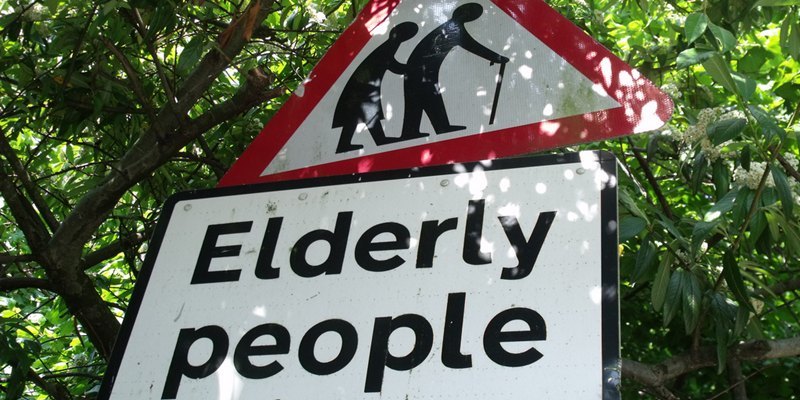A leading charity has voiced concern that many elderly people feel isolated in their homes because they are unable to access local services.
Age Scotland expressed its fears this week in response to a new survey showing almost 30% of Scots feel cut off from their community, or know someone who does, because they have difficulty walking to basic amenities like libraries, schools, shops, post offices, banks and GPs.
The findings, commissioned by Living Streets, also found 28% of Scots are unable to walk to their nearest post office and 47% saying they cannot walk to their local bank, contributing to a general “neighbourhood decline”.
An Age Scotland spokesman said there is little doubt that the problem affects older people in particular.
“With pensioners less likely to own a car than other age groups, having local amenities within walking distance is essential, otherwise vulnerable older people can become effectively housebound,” he said.
“The new Dundee.com marketing campaign claims Dundee is ‘less wrinkly than other cities.’ Perhaps older people are simply less visible, with many left isolated at home.”
With the UK government introducing a wave of cuts in public services, leading to many libraries being shut, there are fears more and more people will become separated from their community.
The axing of thousands of post offices across the UK including a significant proportion in Courier territory is also contributing to splintered communities.
Critics of this controversial move argued ahead of the closures that post offices were the beating hearts of towns, providing not only an important service but a meeting place for people.
One group opposed to the branch cuts was the Communication Workers’ Union (CWU). It said the survey had proved the importance of maintaining the traditional post office.
“Many elderly and disabled people rely on post offices for services, so distance and access arrangements are crucial to the success and usefulness of post offices,” said a CWU spokeswoman.
Continued…
“It’s crucial that the government reverses its actions on taking work away from the Post Office and instead drives more business to the network of over 11,500 post offices across the UK. Communities value them, small businesses value them, but the High Street and village centre post office is in danger.
“We’re concerned thousands of post offices will close if the government goes ahead with privatising the Royal Mail without any safeguards for post offices.”
Of those taking part in the Living Street survey in Scotland, 41% said they could not walk to their nearest medical surgery, with 30% saying they could not easily travel to their local library or grocer. Meanwhile, the numbers of people who feel isolated in the UK as a whole stands at 28%.
Nearly half (47%) of those aged over 55 say they cannot walk to their nearest GP surgery and 58% are unable to walk to their nearest bank, with more than 40% of bank branches closing or changing their use since 1990.
Living Streets say this is a “national problem” with deprived urban areas hit the hardest by post office closures, while 70% of rural villages are without a shop of any kind.
The national charity is calling on the government to give communities the power to safeguard essential shops and services within walking distance in order to bring their streets back to life.
Tony Armstrong, chief executive of Living Streets, stressed the importance of local shops and services being at the centre of communities up and down the country.
“Unfortunately, we are being hit with a decrease in amenities such as libraries, banks and community pubs and an increase in fast food outlets and betting shops which can cause problems for local people,” he said.
“A massive 81% of British adults think that communities should have a say when the use of a local building is changed. We’re campaigning to give this power back to the people, so communities can ensure that their streets don’t shut out the more vulnerable and are designed with basic amenities within walking distance.
“By breathing life back into our local areas and neighbourhoods, we believe that the health of our communities will be better, people will take pride in where they live and fewer people will feel isolated.”
Photo by Flickr user ell brown.
